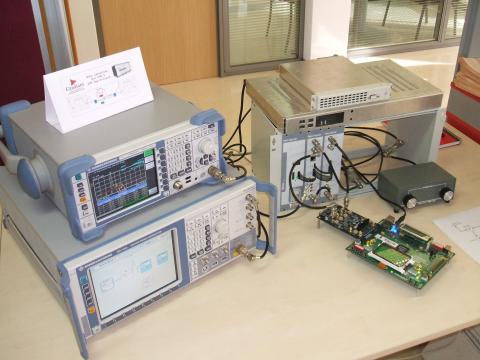It is often the case in practice that the scenario in which a communication system operates can only be partially characterized during the design stage. Once deployed, devices must cope with uncertainty in their environment by means of learning and adapting in order to provide satisfactory performance. At the physical layer, adaptation is found at both ends of the communication link: adaptive predistorters at the transmitter allow for efficient use of power amplifiers, whereas adaptive digital compensation of channel and frontend impairments is commonly found at the receiver side. As another example, the use of adaptive feedback cancellers in full-duplex relays and transceivers is required to facilitate simultaneous transmission and reception in the same frequency slot. The tradeoffs among performance, adaptation speed, and complexity pose significant challenges for these systems. Part of our research in this field has been funded by a number of contracts with industry, resulting in several patents in the area.



